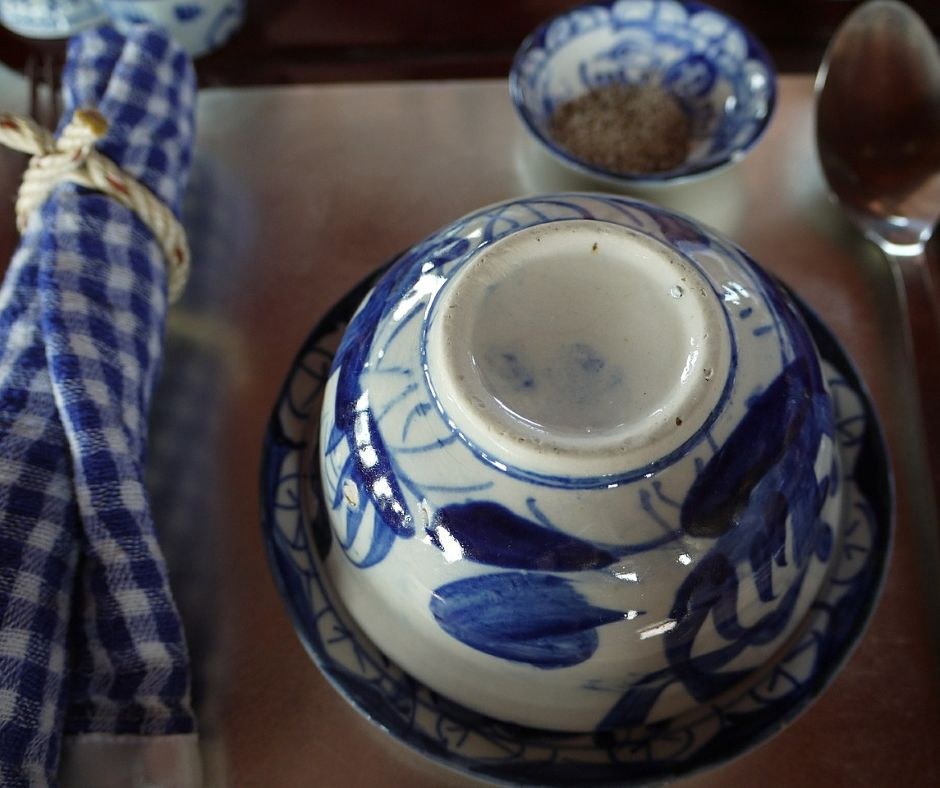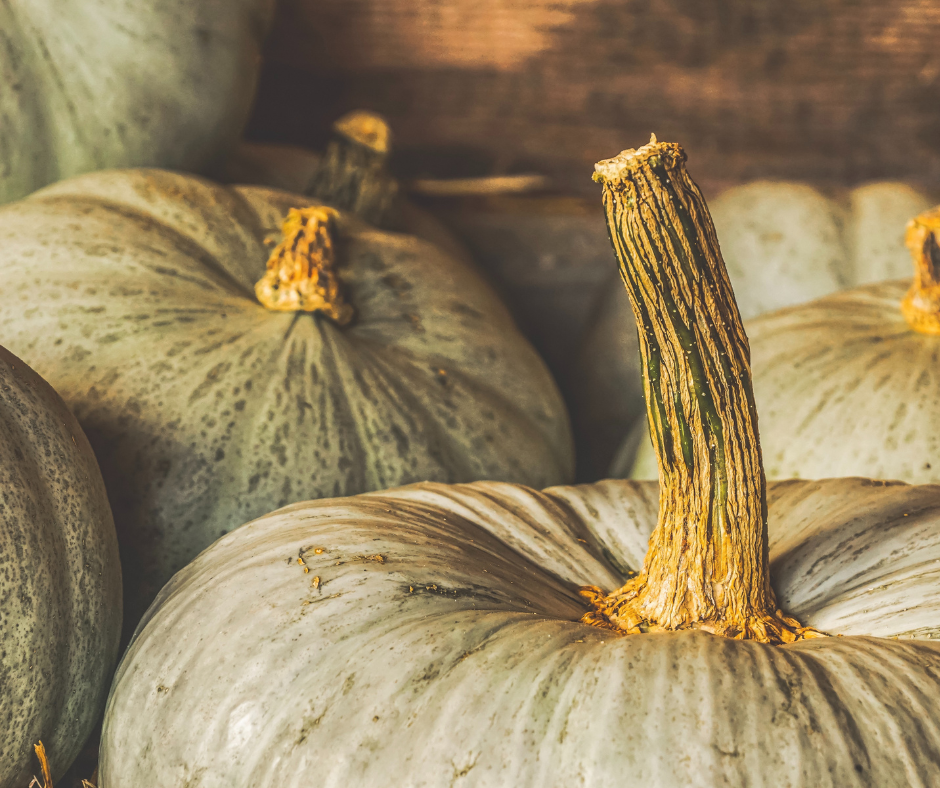Ayurveda, the ancient holistic healing system originating in India, revolves around the foundational concept of the doshas—three fundamental energies that govern all aspects of the human body, including its physiological and psychological components. These doshas – Vata, Pitta, and Kapha – represent distinct combinations of the five Ayurvedic elements (earth, water, fire, air, and space) and are integral to understanding one’s unique constitution and maintaining overall well-being.
In today’s post, we’ll explore Pitta dosha, a combination of fire and water elements.
There are a few primary times we want to pay special attention to balancing Pitta. First, the qualities associated with this dosha increase in summer, so supporting and balancing Pitta dosha in the body-mind during that time of year is especially helpful. Second, if you tend to be hot, oily, sharp, mobile, or light, you most likely either have a Pitta constitution or a Pitta imbalance. Finally, phases of life can also be more influenced by a particular dosha. Pitta is most predominant in mid-life, so if you are in your working years, this is a good dosha to be aware of.
Read on to learn more, and don’t miss the practices near the end!
Pitta
Pitta dosha is one of the three fundamental energies or constitutions that govern the physiological and psychological functions of the body in Ayurveda. It provides energy and warmth to the body by transforming food with gastric secretions and enzymes, regulating body heat, and fueling vitality and learning.
We characterize Pitta by attributes that reflect the nature of the fire and water elements:
- Heat
- Sharpness
- Mobility
- Lightness
- Liquidity
- Oiliness
- Penetration

Due to these qualities, Pitta is present in the small intestine, liver and gallbladder, stomach, blood, sweat, sweat glands and fat, grey matter of the brain, the navel and the eyes. It is responsible for breaking down food, eyesight, neurotransmission in the brain, and maintaining body temperature.
Individuals with a dominant Pitta constitution typically have a medium body type and moderate physical strength. They can have bright eyes, a good memory, a strong appetite, feel warmer than the average person, and have oily skin. Emotionally, Pitta types are typically driven and disciplined. When Pitta dosha is balanced, it promotes good metabolism, insight, passion, and leadership.
Signs of Pitta Imbalance
When Pitta becomes aggravated or imbalanced, there can be a range of physical and mental disturbances. Common signs that indicate an imbalance in Pitta dosha are inflammation, rashes and redness, feeling too hot, loose liquid stools, heartburn, skin breakouts, or baldness. Individuals may be overly judgmental and critical and tend toward angry outbursts.
External environmental factors, like hot or humid weather, can contribute to Pitta imbalances. In addition, not getting enough sleep, too many stimulants, and hot spicy foods can also contribute to imbalanced Pitta.
Support and Balance Pitta in Body-Mind
General recommendations to counteract Pitta (for Pitta individuals and during Pitta seasons) include practices that are the opposite of heat, sharpness and liquid oiliness:
- COOL and CALM: Favour cooling, hydrating foods like cucumbers, leafy greens, aloe vera, and sweet fruits. Minimize spicy, oily, and salty foods, as they can aggravate Pitta dosha. Activities such as swimming, taking cool showers, meditation, and relaxing in the shade also help pacify Pitta.
- SLOW DOWN and REDUCE STRESS: Embrace non-competitive activities and avoid over-scheduling yourself. Practice techniques such as spending time in nature, yoga nidra, and restorative yoga to calm the nervous system.
Specific Practices for the Sites of Pitta
Pitta is present throughout the body, but in addition to the general suggestions above, we can focus our attention on the areas and systems where the qualities of fire and water are most pronounced. Let’s explore a few below:
EYES
One of Pitta’s primary sites is the eyes. Pitta governs vision and the ability to perceive light. It is responsible for maintaining eye health and clarity. When balanced, you can see clearly; however, when out of balance, there can be redness, inflammation, irritation, sensitivity to light, and vision problems.
In Ayurveda, washing the eyes maintains eye health, soothes eye strain, and alleviates various eye-related issues. The cool liquid clears out pollutants and other irritants that may have accumulated in the eyes, keeping them hydrated and reducing dryness and discomfort. It is considered an essential part of daily self-care, particularly important for individuals who spend long hours in front of screens or under artificial lighting.
Here’s how to perform Ayurvedic eye washing:
Use clean, filtered, or distilled water. Occasionally, herbal decoctions made from Ayurvedic herbs, such as Triphala, are used (do not use essential oils for this purpose). Ensure the water or herbal solution is at room temperature or slightly cool, never hot.
- Eye Cup or Eye Wash Station
One version of this practice involves using a specific eye cup or bowl, which can be purchased at pharmacies or Ayurvedic stores. In this practice, you submerge the eye in water, and then eye movements are performed. If you are new to this practice, I recommend the following simplified version:
- Simplified Eye Washing Practice:
A simplified version of the traditional practice involves gently splashing cool water on the eyes for a few minutes to reduce irritation and redness. When you finish the practice, gently pat the eyes dry with a clean, soft towel. Rest and avoid straining your eyes immediately after the wash.
BRAIN / NERVOUS SYSTEM / HEART:
A special kind of Pitta called “sadhaka pitta” is present in the brain’s gray matter, parts of the heart, and the nervous system. This system transforms all thoughts, feelings, and emotions into wisdom and intelligence.
To support this system, you can use practices that help to calm the heart-mind and nervous system, like these practices:
SMALL INTESTINE, STOMACH and LIVER
Pitta, particularly in the form of digestive fire known as “Agni,” facilitates nutrient breakdown, assimilation, and absorption. It provides the digestive enzymes and stomach acids necessary for digestion and is also present in the liver’s bile.
The small intestine and stomach are critical sites for digestion and metabolism. The liver plays a crucial role in detoxification, fat metabolism, and the processing of nutrients from the digestive system. When in balance, we can digest heavier or more fatty meals, but when out of balance, there may be excess heat, hyperacidity, excess hunger, high cholesterol, inflammation, jaundice, cravings, and indigestion.
To learn more about healing the digestive tract, check out my Heal Your Digestion Program—Calm and Renew—which you can find here.
BLOOD:
Pitta in the blood, or “Rakta,” helps circulate nutrients and oxygen, maintain skin health, and regulate body temperature. Imbalances can manifest as skin rashes, acne, inflammation, hypertension and bleeding disorders.
To balance the blood, stay hydrated and consume cooling foods and herbs. Avoid alcohol and caffeinated drinks. Learn about how Chinese medicine views blood and a few tips to heal the Blood here.
SKIN:
Pitta in the skin regulates complexion, texture, and temperature. It is responsible for the skin’s lustre and clarity. Sweat glands play a crucial role in thermoregulation and detoxification, helping to cool the body and eliminate waste products. When out of balance, there may be rashes, hives, acne, excessive sweating, body odour, heat intolerance and other inflammatory skin conditions.
In Ayurveda, we use self-massage to support the skin, but if Pitta is high, you may feel oily or hot. You can skip oiling your skin or opt for a cooling oil, such as coconut oil or aloe vera gel.
Vibrant Health with Balanced Pitta
In Ayurveda, achieving harmony within the body and mind involves recognizing and nurturing the inherent qualities of each dosha. Understanding Pitta’s fiery and dynamic nature can help us make conscious choices that align with our unique constitution, season, and age.








